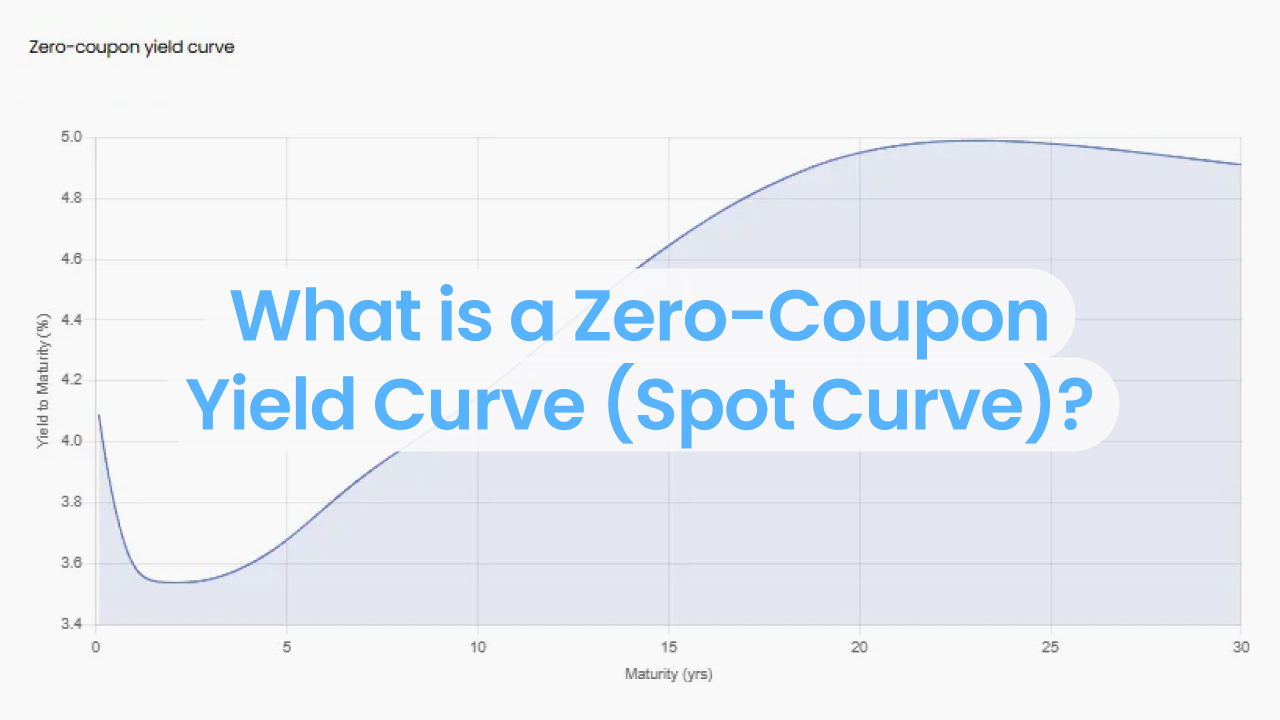
When financing teams are looking for financial market data there are typically vendors that provide either usage based pricing or subscription based pricing, or both.
In this blog, we will explore the pros and cons of each approach and highlight why our customers usually opt for subscription-based pricing.
- Usage based pricing: Pay only for what you use, similar to a pay-as-you-go mobile plan, offering variable costs with flexibility
- Subscription revenue: A fixed monthly fee for consistent access, similar to a gym membership, simplifying budgeting
Although usage-based pricing may initially appear appealing, it often falls short of meeting the specific needs of financing teams.
On the surface, usage-based pricing can seem appealing in certain situations. It allows teams to only pay for the data they consume, offering cost savings for infrequent or low-volume data needs. Additionally, where there is a direct cost-to-use relationship, this model offers clear transparency in expenses, as costs are directly linked to specific usage, facilitating easier project cost allocation.
However, in the context of financial modeling, where constant iteration and refinement is necessary, usage-based pricing quickly reveals its limitations. The major downside is its unpredictability in the event a model has to be updated with new data. Every re-run of a scenario (e.g. delaying first debt drawdown) could incur additional data charges, hampering the team's ability to explore different possibilities thoroughly.

Subscription pricing, on the other hand, aligns well with the dynamic nature of financial modeling. Typically, when financing teams are setting up a model for the first time, things change. This includes things like formatting, dates and the model usually starts with placeholders for certain types of data. And if you start filling the data as you go, one can often require the same kind of data on a regular basis.
For example, a user may bootstrap multiple curves in a day, changing one parameter at a time, to arrive at the desired curve that matches the financial model. After all, a model is only as good as its assumptions, and subscription pricing accommodates this iterative process without incurring additional costs for each iteration.
By opting for subscription-based pricing, financing teams gain the freedom to access the data they need, whenever they need it, without the constant worry of escalating costs. This pricing model encourages a more proactive and exploratory approach, enabling teams to stress-test their models, validate assumptions, and ultimately deliver more robust and accurate financial projections.
Subscription pricing also provides a predictable cost structure, allowing teams to budget more effectively and avoid unexpected spikes in data expenses which can become problematic for planning. This predictability is particularly valuable in the financial industry, where cost control and budgeting are crucial.
While usage-based pricing may seem appealing at first glance for its pay-as-you-go nature, the reality is that it can quickly become a hindrance in the context of financial modeling, where frequent data access and iteration are essential. At BlueGamma, we firmly believe that subscription-based pricing empowers financing teams to work more efficiently, iterate more freely, and ultimately deliver superior financial models that drive better decision-making.



.png)